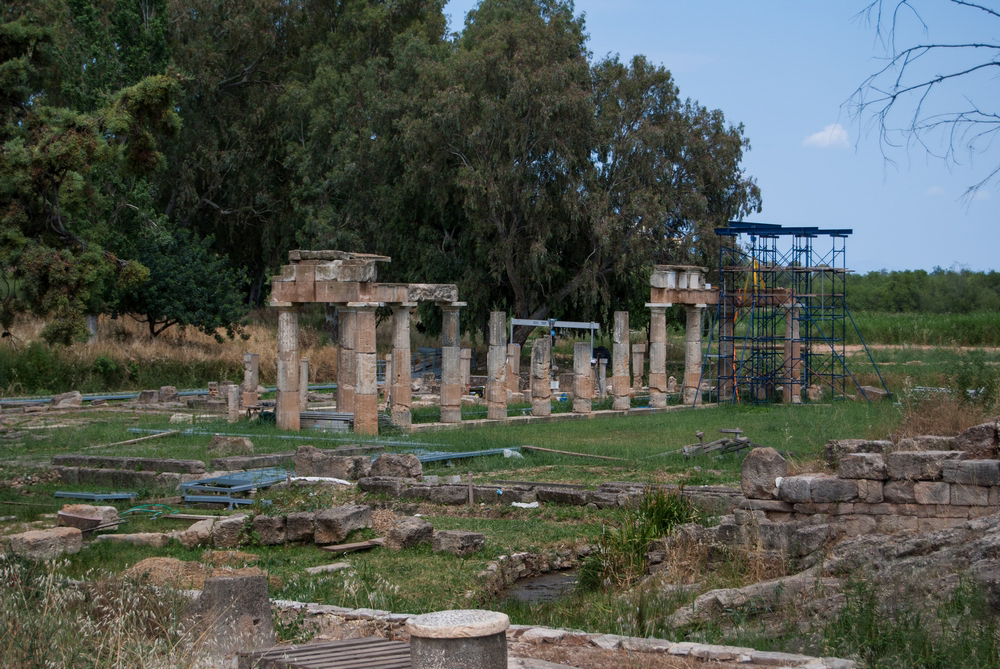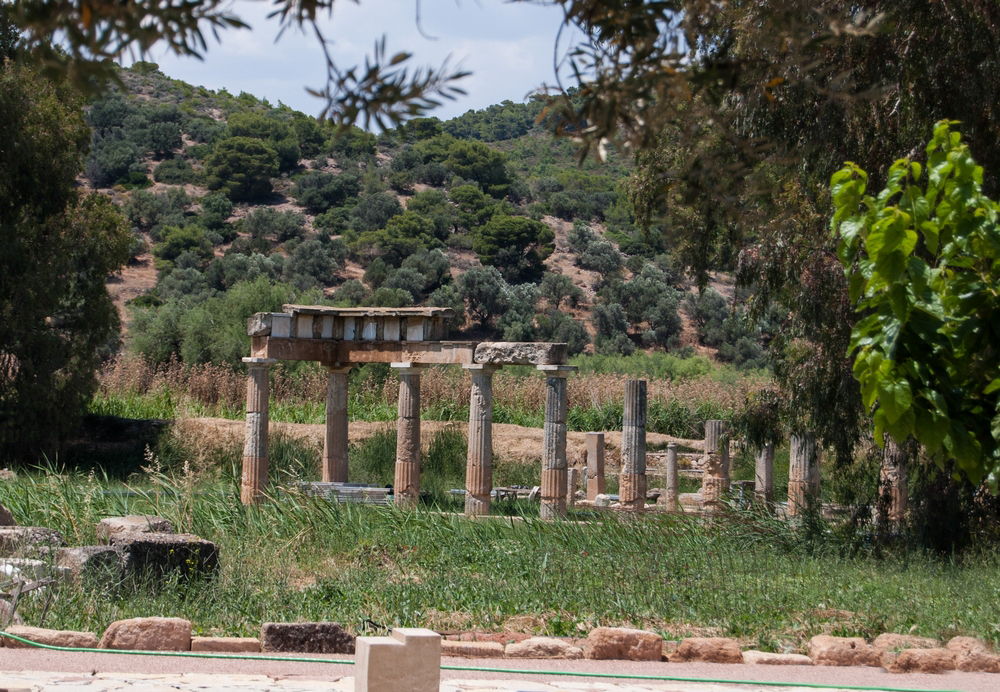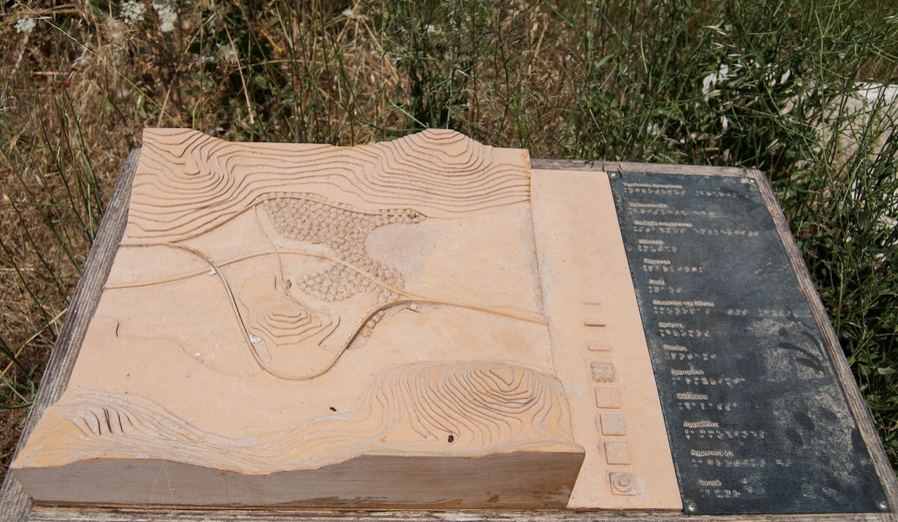Archaeological site of Brauron
The Archaeological site of Brauron is one of the most ancient sanctuaries and is located at the east of the river Erasinos.
Location
Timeline
Modern and Contemporary era (1821 - )
1940 At the end of this decade, the site was excavated by the Greek Archaeological Society, under the responsibility of Ioannis Papadimitriou.
1960 In the mid of this decade, the arcade is restored.
Ottoman era (1453- 1821)
Byzantine era (331 AC- 1453)
Roman era (30 BC- 330 AC)
Hellenistic era (322- 31 BC)
In the 3rd century BC, the area was abandoned due to constant flooding and deterioration of the soil. However, the sanctity of the area was not lost, as proven by the early- Christian basilica, 500 metres before the sanctuary.
Classical era (478-323 BC)
480 BC After 480 BC the newer temple was built.
420 BC The stoa was constructed around that year.





Share